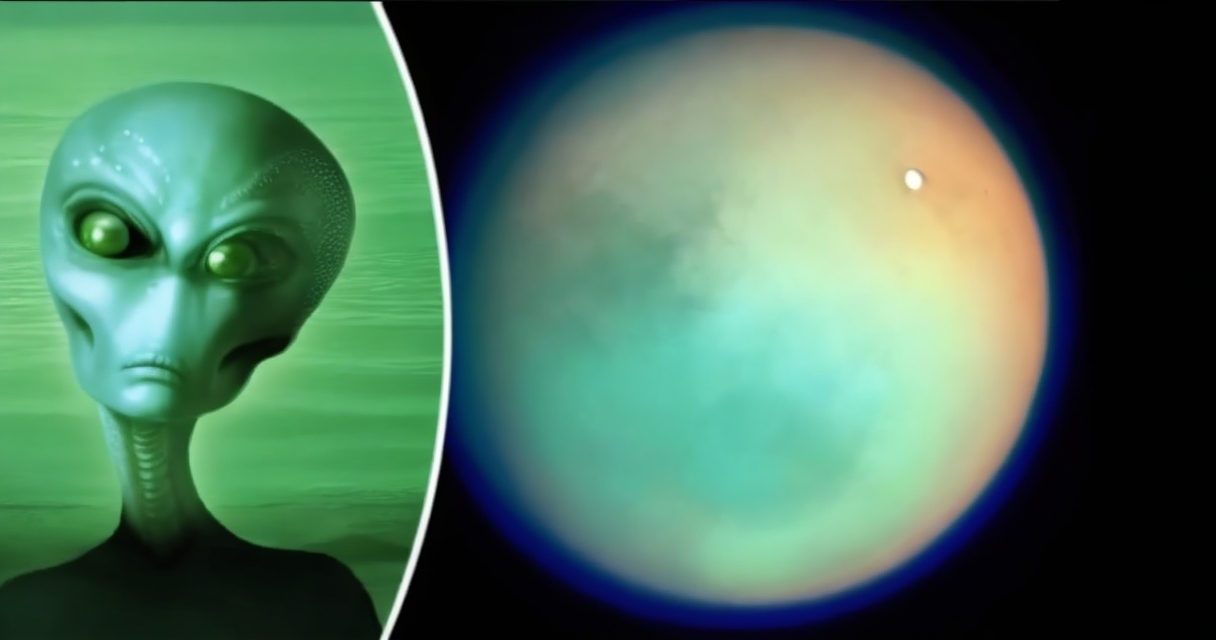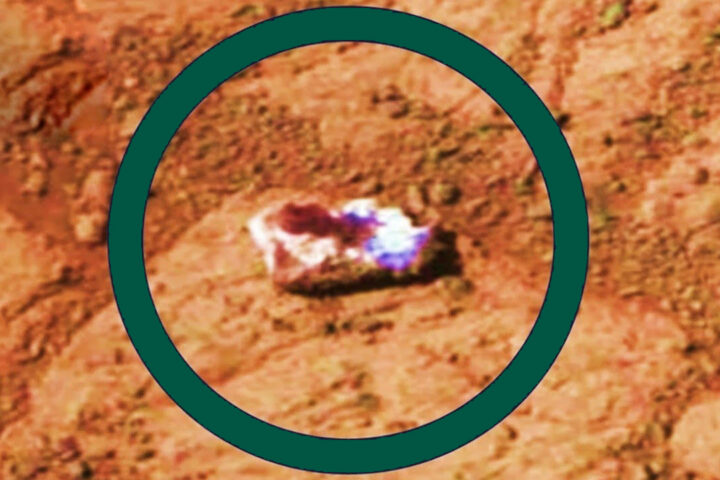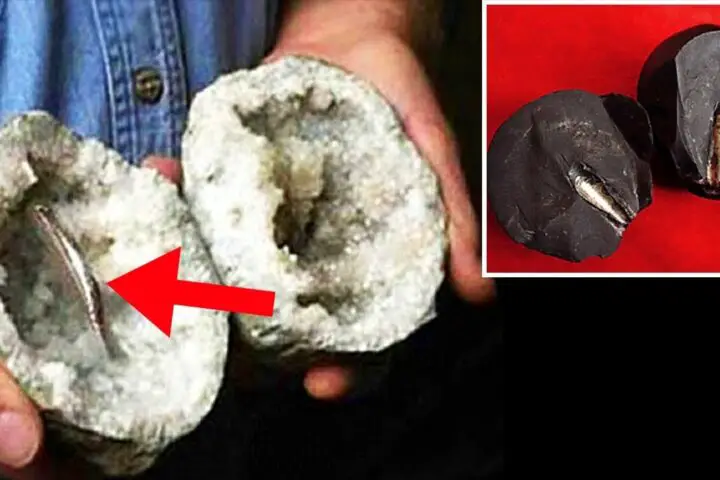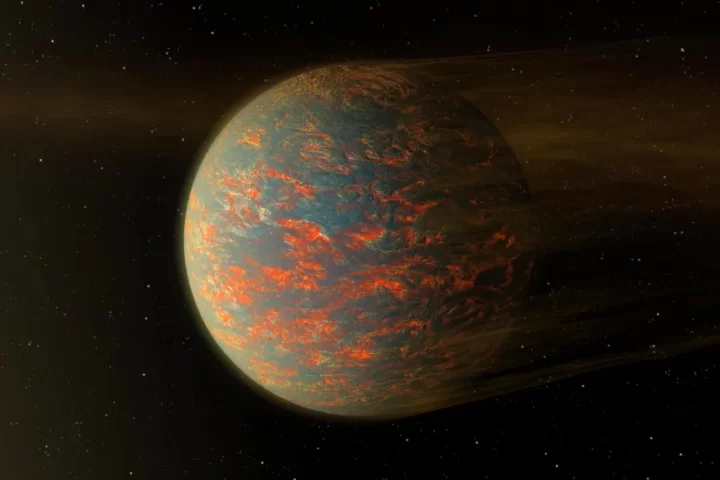In the expansive canvas of the cosmos, when we first glimpse life on an exoplanet, it’s probable we’ll be dissecting its atmospheric gases. As the tally of Earth-like planets grows, the dream of detecting familiar life-giving gases draws nearer.
Yet, what if the life beyond our stars dances to a different chemical beat? Emerging research in Nature Astronomy suggests the key might lie in casting our nets wider, reaching for planets swathed in hydrogen.
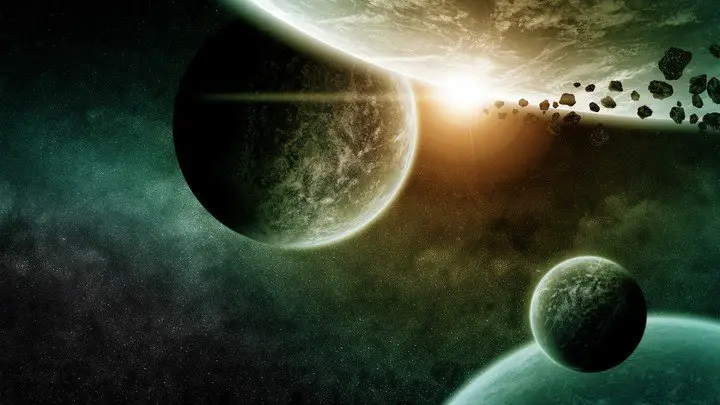
Whenever an exoplanet eclipses its parent star, it offers a rare chance. Light, journeying from the star, pierces through the planet’s atmospheric veil, leaving clues for us to decode. By studying these light spectra, we can tease out the planet’s atmospheric composition. The much-anticipated James Webb Space Telescope will take the helm in this quest.
An unexpected chemical cocktail in an atmosphere might be life’s fingerprint. Earth’s own methane, for example, persists due to biological endeavors, despite its natural inclination to meld with oxygen.
A bold proposal beckons us to venture beyond oxygen-rich realms.

Imagine colossal “super-Earths”, weighty enough to ensnare ephemeral hydrogen atmospheres. These gaseous cloaks might either be remnants from primordial clouds or born of a dance between iron and water. Their vastness, stretching 14 times more than our nitrogen-rich air, offers a tantalizing glimpse into their secrets.
In a surprising twist, familiar E. coli bacteria thrived in lab simulations of hydrogen-rich atmospheres, even in the absence of oxygen.
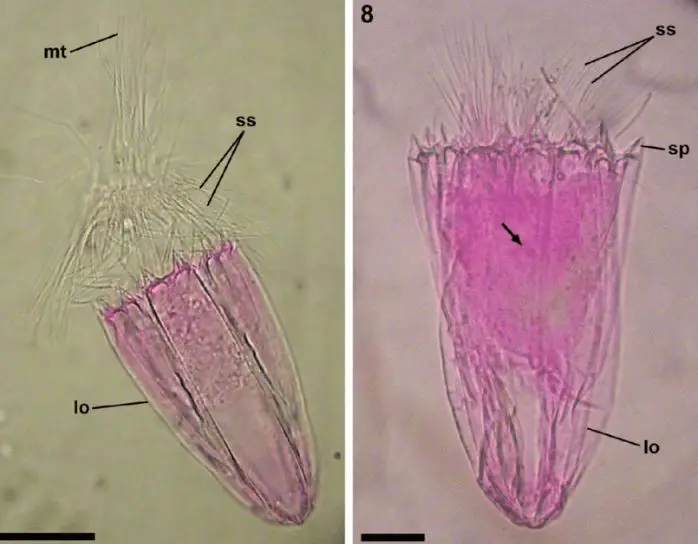
Though Earth’s early air might have held scarce hydrogen, early organisms might have harnessed it, birthing methane. But the true revelation was the “bewitching array” of gases E. coli emitted in a hydrogen bath. Some could be the telltale biosignatures of alien life, waiting to be discerned.
While hydrogen metabolism may not match the vigor of its oxygen counterpart, the notion of hydrogen-breathing life is far from novel. With the added greenhouse potential of molecular hydrogen, a world could cradle liquid water, and thus, life, longer than we believed.
Overlooking gas giants, this revelation pivots our gaze towards super-Earths enveloped in hydrogen. The quest for alien whispers has just grown twofold.

